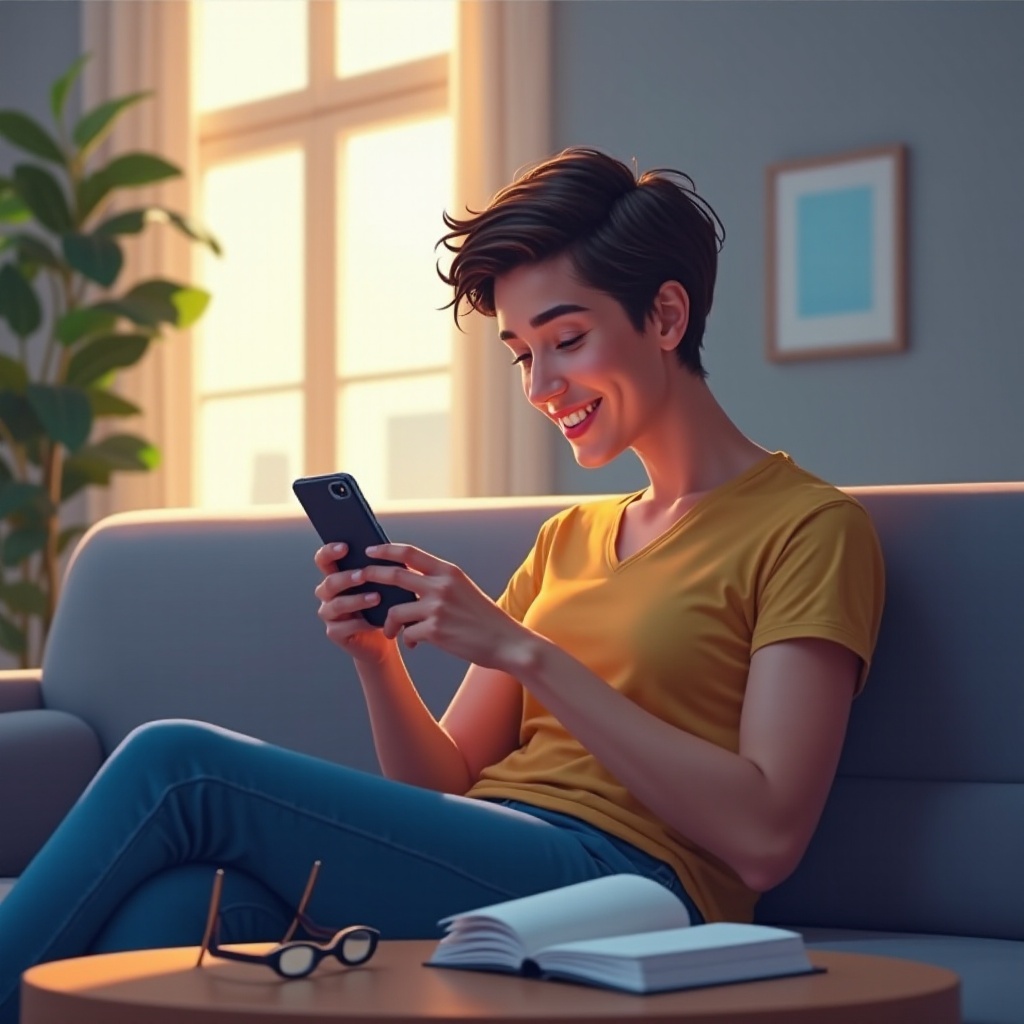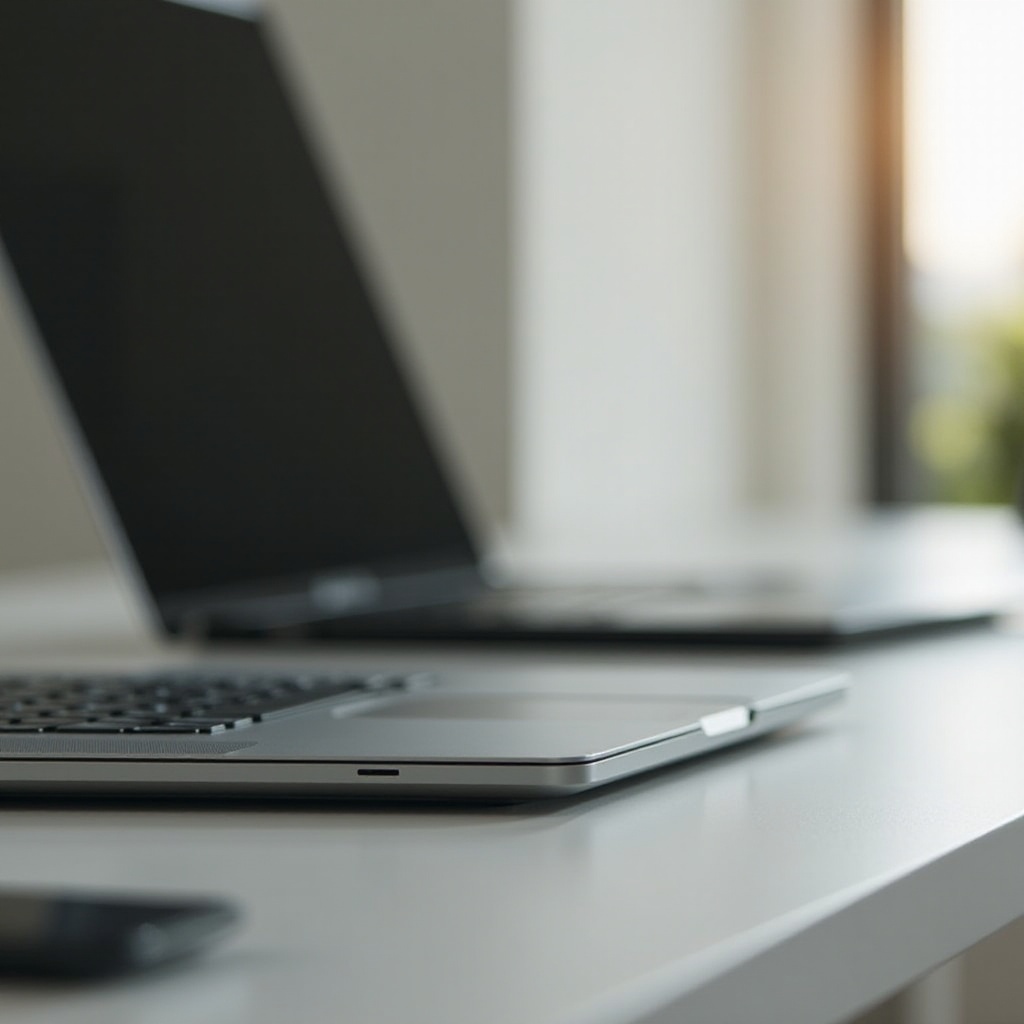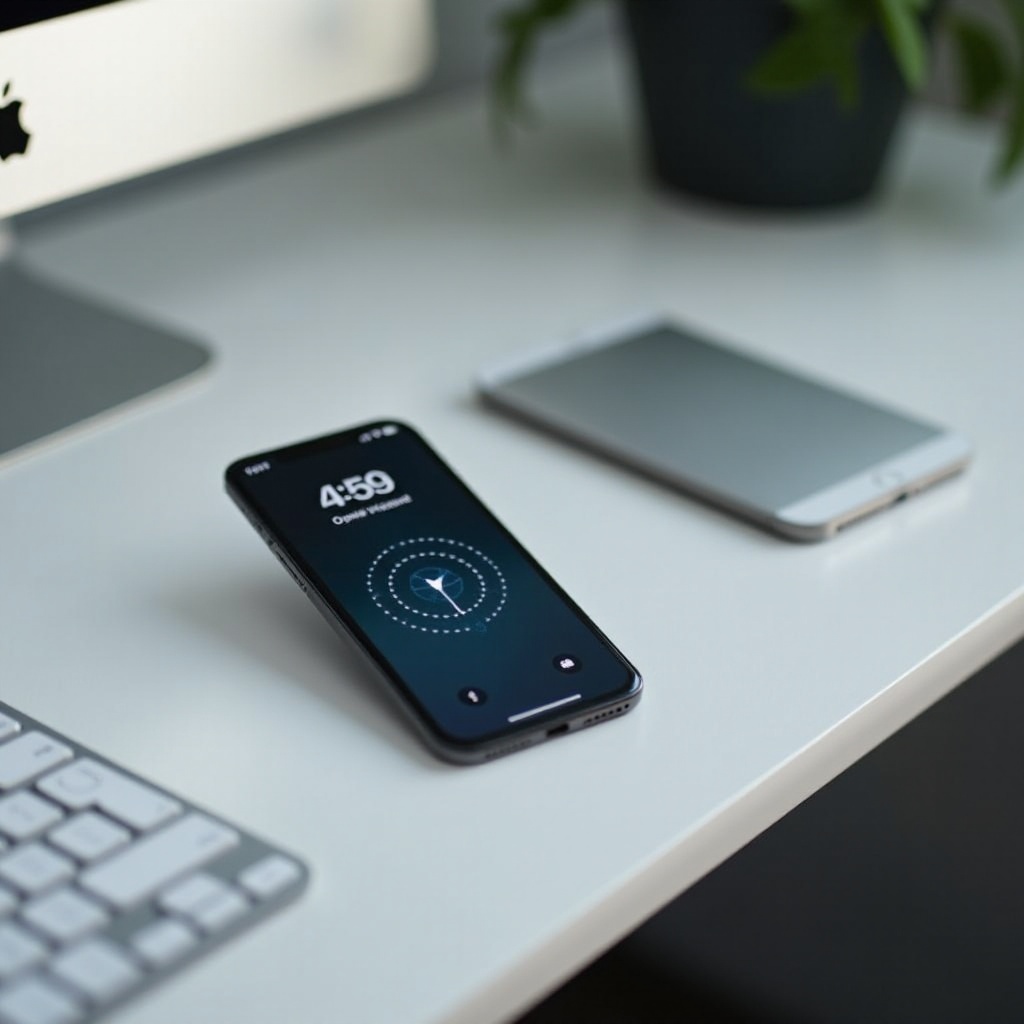Introduction
The smartphone has become an indispensable part of our daily life. However, with increased usage comes growing concern about its impact on our eyes. Many people wonder if excessive phone use can cause blindness. In this article, we will explore the scientific evidence surrounding the effects of screen time on our eyes, understand the symptoms of eye strain, and discuss the long-term risks and necessary preventative measures to ensure healthy vision.
The Science of Eye Health and Screen Time
Understanding the basics of how our eyes function and the effects of screens on them can help us gauge the risks associated with prolonged phone use.
How Eyes Work
Our eyes are designed to process light to create images, helping us to see. The cornea and lens focus light onto the retina, which converts it into signals sent to the brain through the optic nerve. Healthy eye function relies on a delicate balance, and overexposure to digital screens can disrupt this natural process.
Impact of Screens on Eyes
Screens emit blue light, which has been shown to contribute to digital eye strain. Constantly focusing on small text and images forces our eyes to work harder, causing fatigue. The blink rate also decreases when looking at screens, leading to dry eyes and discomfort.
Scientific Studies on Screen Time and Eye Health
Numerous studies have examined the effects of screen time on eye health. Evidence suggests that extended screen exposure can lead to symptoms of digital eye strain and may even accelerate the onset of nearsightedness (myopia). Although there is no definitive proof that smartphones can cause blindness, the evidence suggests that excessive use is detrimental to eye health.

Symptoms of Eye Strain Due to Phone Use
Identifying and understanding the symptoms of eye strain is crucial for taking preventative measures before long-term damage occurs.
Common Symptoms
Typical symptoms of eye strain from phone use include:
- Dry Eyes: Reduced blink rates can lead to insufficient lubrication.
- Headaches: Prolonged focusing on a screen can strain the muscles around the eyes, leading to tension headaches.
- Blurred Vision: Difficulty in focusing on the screen for prolonged periods.
- Neck and Shoulder Pain: Known as ‘tech neck,’ caused by poor posture while looking at screens.
Early Warning Signs
Early warning signs include increased discomfort, more frequent eye fatigue, and any persistent symptoms that worsen over time. It’s essential to recognize these signs early to prevent further damage.
When to Consult an Eye Doctor
If symptoms persist despite taking breaks and adjusting screen habits, it is advisable to consult an eye doctor. Professional evaluation can help rule out underlying issues and provide personalized recommendations for eye care.
Long-Term Effects of Excessive Phone Use
Understanding the potential long-term effects of excessive phone use can help us make informed decisions about our screen time.
Risk of Myopia (Nearsightedness)
Myopia, or nearsightedness, is a condition where distant objects appear blurry. Children and young adults are particularly susceptible to developing myopia due to prolonged screen time. Studies suggest a correlation between increased screen exposure and higher rates of myopia, highlighting the need for cautious screen usage among young individuals.
Potential for Retinal Damage
While more research is necessary to establish a direct link between phone use and retinal damage, concerns exist regarding blue light exposure. Extended blue light exposure may contribute to oxidative stress and retinal damage over time. Minimizing screen time and using blue light filters can mitigate these risks.
Case Studies and Expert Opinions
Various case studies and expert opinions emphasize the importance of mindful phone usage. Eye health professionals recommend limiting screen time for children and encouraging regular breaks. Experts also advise using blue light filters and maintaining a proper distance from the screen to reduce strain. Real-life examples underscore the importance of these preventative measures.
Preventative Measures for Eye Health
Proactive steps can significantly reduce the risk of eye strain and potential long-term effects.
The 20-20-20 Rule
The 20-20-20 rule is a simple yet effective practice to reduce eye strain:
- Every 20 minutes: Take a break from the screen.
- Look at something 20 feet away: Shift your focus away from the screen.
- For at least 20 seconds: Allow your eyes to relax and refocus.
Blue Light Filters and Screen Settings
Using blue light filters on devices can reduce the impact of blue light and alleviate strain on your eyes. Adjusting screen settings to lower brightness and increase text size can also help to ensure a more comfortable viewing experience.
Healthy Habits for Reduced Eye Strain
Adopting healthy habits is vital for maintaining good eye health:
- Maintain Proper Distance: Keep your screen at arm’s length and slightly below eye level.
- Ensure Adequate Lighting: Avoid using screens in dark environments to reduce contrast strain.
- Blink Frequently: Remind yourself to blink to keep your eyes moist.
- Stay Hydrated: Drink plenty of water to prevent dry eyes.
Conclusion
In conclusion, while using your phone is unlikely to cause blindness, excessive screen time can lead to eye strain and other long-term eye health issues. By recognizing the symptoms, understanding the risks, and implementing preventative measures, you can protect your eyes from potential damage.
Frequently Asked Questions
Can prolonged phone use permanently damage my eyesight?
Prolonged phone use can lead to eye strain and may contribute to issues like myopia. However, permanent damage is less common but still requires mindful screen habits.
Are children more at risk of eye damage from screens?
Yes, children are more susceptible to developing myopia due to prolonged screen exposure. Limiting their screen time and encouraging outdoor activities can be beneficial.
What are the best practices to protect my eyes when using a phone?
Follow the 20-20-20 rule, use blue light filters, maintain proper screen distance, and ensure adequate lighting. Taking regular breaks and staying hydrated also help reduce eye strain.


